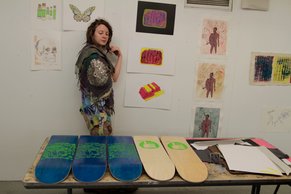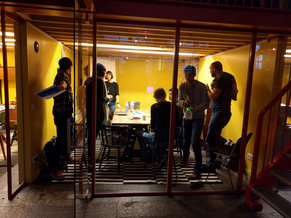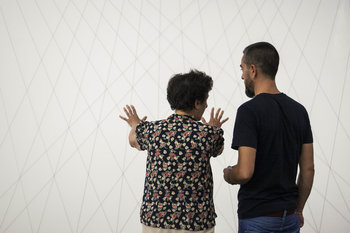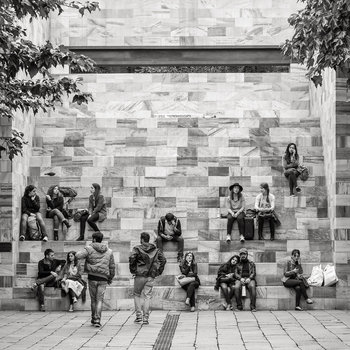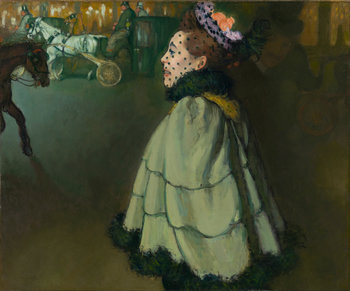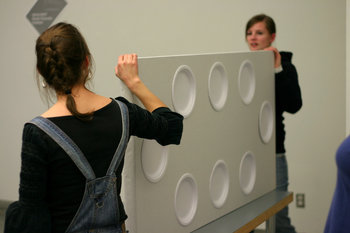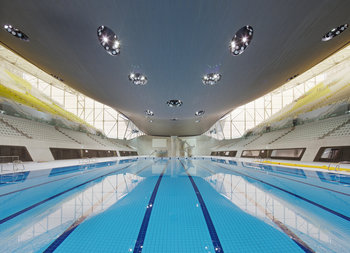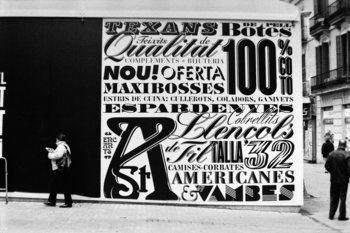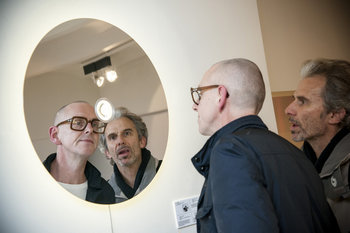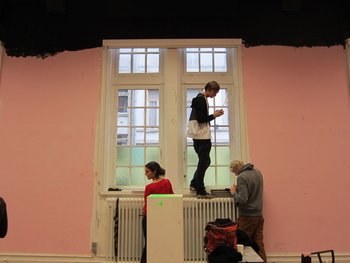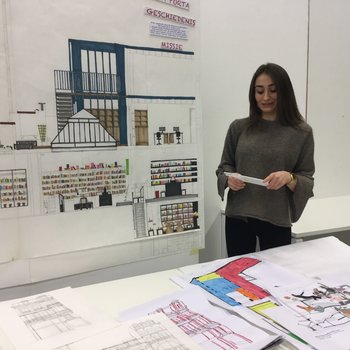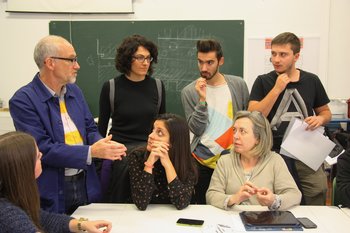
Design to the Edges
Be useful to the maximum number of people as opposed to the mythical average person.Principle Of Least Astonishment
Be predictable. This makes things easier to use.Balance
Designs look as it they are equally weighted on both sides.Proportion
Consider the relative size of elements in a design to make them look natural.Human Scale
Things are designed to human scale.Repetition
Repeat elements to give designs structure and a feeling of harmony.Rhythm
Repeat design elements in a pattern.Variety
Don't go so far with repetition and rhythm that the design is boring. A little variety is interesting.Contrast
Use contrast to communicate visual cues and emphasis. Avoid contrast for decoration.Movement
Use movement to communicate visual cues and emphasis. Avoid movement for decoration.Stability
Provide a stable environment where elements aren't moving or changing in a way that is inconvenient, counterintuitive or distracting.Unity
View the balance, harmony and variety of design as a whole. In other words, take a step back and look at the entire design when applying principles.Fit for Purpose
Designs are suited to their purpose. Think about the goals and constraints of users in real world contexts and how a design helps.Stay Out of the Way
Don't create unnecessary rules, roadblocks, steps and procedures. Let people do things the way they do things.First Impressions
Designs are engaging from the start. For example, don't hide something fun, friendly and engaging behind a terrible registration screen.Flat Structures
Give things structure but not to too many levels.Information Scent
Provide descriptive titles, keywords and visual cues that allow users to smell information.Provide Context
Communicate the big picture to the user. For example, if you're describing a hotel don't forget to mention its basic location information such as country and city.Provide Feedback
Let the user know what is going on. If they click something that could be slow, tell they you're working on it.Least Effort
Make things easy for users.Less is More
Keep things as minimal as possible.Less is a Bore
Make designs decorative, interesting and information packed.Attractiveness Principle
Design can't be attractive to all people. Trying to please everyone is a mistake.| Overview: Examples Of Design Principles | ||
Type | ||
Definition | A guideline that is adopted by an organization, project or designer that acts as a rule to simplify design decisions. | |
Notes | It should be noted that some of rules above contradict each other. Design principles come down to the goals, constraints and style of the organization or designer. There are no universal rules of design. | |
Related Concepts | ||


